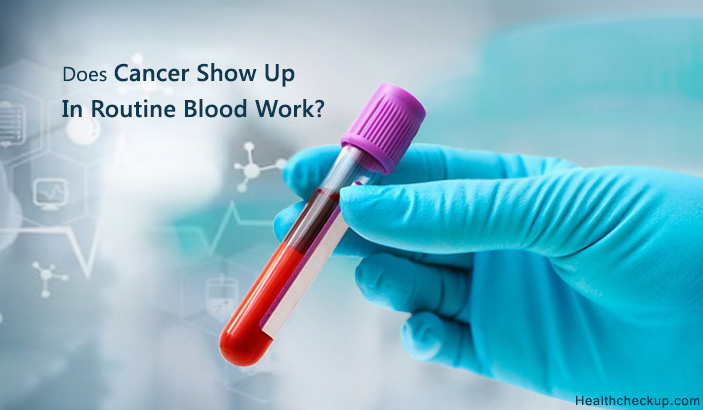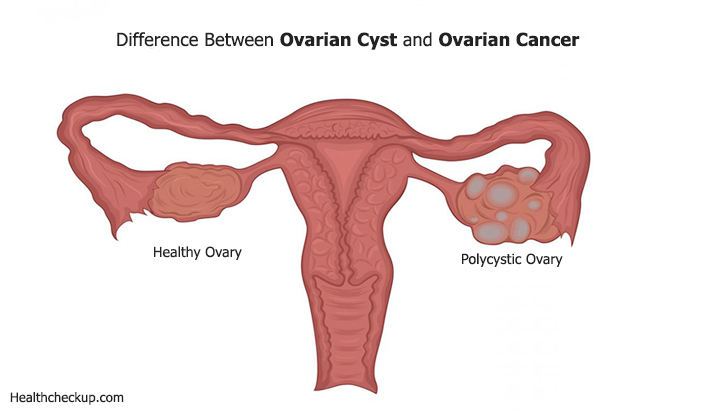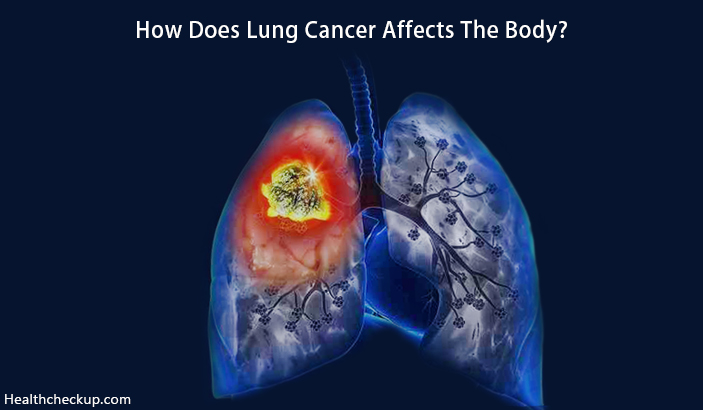When you visit a doctor, say for weakness and fatigue or for some other common complaint like headache, body ache or nausea and vomiting, the first thing your doctor might advise is a routine blood work up.
Although a routine blood workup may sound like a very basic investigation, it speaks loads about the general health status of a person. Several blood parameters of a routine blood workup have some important significance and this is the reason why it is given so much importance primarily.
Once the routine blood workup shows some striking abnormality, only then further blood investigations will be advised to detect and diagnose cancerous and non-cancerous conditions.
Also, since a routine blood test is the first thing to be advised by your doctor, certain parameters can even strengthen the suspicion of cancer at an early stage. This in return increases the chances of survival and also increases the array of treatment methods.
Blood Parameters Normal Values & How Does Cancer Show Up In A Routine Blood Work
| Blood Parameter | Normal Values | What Type of Cancer Can Show Up |
| Hemoglobin (Hb) | Males: 14-16 gm%
Females: 12-14 gm% |
Low in (Anemia) ● Myelodisplastic syndrome ● Acute myeloid leukemia ● Acute lymphoblastic leukemia ● Chronic Lymphocytic leukemia (in later stages) ● Hairy cell leukemia ● Multiple myeloma |
| Hematocrit (Hct) | Males: 47 +/- 7%
Females: 45 +/- 5% Children: 38 +/- 4% |
High In: Polycythemia Rubra Vera |
| Red Blood Cells (RBC) | 4.6 – 6.2 x 106 cell/micro liter | Low In: Anemia
High In: Polycythemia Vera
|
| Mean Cell Volume (MCV) | Male: 82-102 fl
Female: 78-101 fl
|
Increased MCV or Decreased MCHC
● Myelodysplastic Syndrome (leukemia-related blood cancer).
Normal MCV ● Chronic Myeloid Leukemia ● Myelofibrosis
High MCV ● Pre-leukemia |
| Mean Corpuscular Hemoglobin Concentration (MCHC)
|
32 – 26%
|
|
| Platelet Count | 150,000 – 500,000 / micro liter | Increased In
● Myeloproliferative states (chronic myeloid leukemia, polycythemia vera, idiopathic myelofibrosis and essential thrombocythemia) ● Carcinomatosis (widespread dissemination of carcinoma) ● Essential Thrombocythemia ● Polycythemia Rubra Vera
Reduced In ● Myelodysplastic Syndrome ● Chronic Lymphocytic Leukemia ● Hairy Cell Leukemia ● Multiple Myeloma |
|
Total White blood Cells (WBC)
White blood cells have Granulocyte (eosinophils, basophils and neutrophils) and Agranulocyte (leukocyte and monocyte) variants.
|
5000-10,000/cu.mm
|
Low Total WBC
● Acute and Chronic Myeloid Leukemia ● Hairy Cell Leukemia ● Multiple Myeloma (Moderate) High Total WBC: ● Acute Lymphoblastic Leukemia ● Polycythemia Rubra Vera ●Essential Thrombocythemia ● Chronic Lymphocytic Leukemia ● Hodgkin’s Lymphoma ● Some Forms of Bronchogenic Carcinoma
Reduced Neutrophils ● Myelodysplasia (leukemia-related blood cancer) ● Acute Leukemia ● Bone Marrow Infiltration by a Tumor Excessive Neutrophils ● Myeloproliferative disorders
|
| Excessive Eosinophils
● Myeloproliferative disorders ● Myelofibrosis ● Chronic Myeloid Leukemia ● Polycythemia Vera ● Lymphomas ● Eosinophilic Leukemia ●Hodgkin’s Lymphoma |
||
| Excessive basophils:
● Acute and Chronic Myeloid Leukemia |
||
| Excessive in Monocytes:
● Monocyte Variants of Leukemia ● Some Types of Non Hodgkin’s Lymphoma
|
||
| Excessive lymphocytes:
● Lymphoid Neoplasia
Reduced lymphocytes: ● Lymphomas
Excess monocytes: ● Acute Myeloid Leukemia |
Along with just the complete blood cell counts, a peripheral blood smear is also advised which can show the presence of abnormal cells on examination.
There are some typical cells which give a clear indication of cancer of the blood or of some other organ.
| Sr. No. | Cells on Peripheral Blood Smear (PBS) | Sign of Which Cancer |
| 1. | Basophilic stippling | Myelodysplasia
Acute and Chronic Leukemia |
| 2. | Pseudo Pelger Huet abnormality | Myelodysplasia
Chronic and Acute Myeloid Leukemia |
| 3. | Myeloblasts | Myelodysplasia
Acute and Chronic Myeloid Leukemia |
| 4. | Auer Rods | Acute Myeloid Leukemia (stage M2 and M3)
Myelodysplasia |
| 5. | Lymphoblasts | Acute Lymphoblastic Leukemia |
| 6. | Smudge Cells | Chronic Lymphocytic Leukemia |
| 7. | Howell-Jolly bodies | Essential Thrombocythemia
Myelodysplastic Syndrome Hodgkin’s Lymphoma |
| 8. | Reed-Sternberg cells | Hodgkin’s Lymphoma |
It is quite clear from the tables above that a routine blood work is able to diagnose blood cancers. It can also show how well your bone marrow and spleen may be working.
Relationship Between Colon Cancer and A Complete Blood Count
1. A retrospective study was conducted to evaluate the value of a complete blood count in predicting cancer of colon over a period of 5 years. The study revealed
Out of 127 Patients Who Had Cancer of Right Side of Colon, Showed
- 87% patients had a high red cell distribution width
- 69% patients had anemia
- 55% patients had a low MCV
Out of 98 Patients Who Had Cancer of Left Side of Colon, Showed
- 50% patients had elevated red cell distribution width
- 44% patients had anemia
- 22% patients had a low MCV
Red Cell Distribution Width (RDW) – Diameter of a normal red blood cell measures 6-8 micrometers. If cells are large, RDW will be high.
It was observed that red cell distribution width was 88% specific for cancer of right side of the colon. And therefore, this parameter could be used for screening purposes among high risk groups.
2. Another study was conducted over a wide period of 15 years to understand the proportion of iron deficiency anemia is patients having right sided cancer of colon.
- During the study, it was found that out of the entire study population having right sided colon cancer, 87.2% patients had anemia at diagnosis.
- The study impresses the need to examine right colon in patients having iron deficiency anemia.
So the question that remains, does cancer show up in routine blood work?
Yes, it does. But it will raise the probability of only some cancers. The importance of a routine blood checkup is that it guides your doctor to understand the need for further blood or radiological investigations to reach a diagnosis.
Yet, an abnormal routine blood report also doesn’t necessarily mean that you have cancer. These blood cell count parameters are frequently influenced by infections from viruses or bacteria, prolonged exposure to harmful chemicals and even frequent use of offending drugs.
Medically Reviewed By
Dr. Himanshi is a Homoeopathic consultant and currently working as a lecturer in Post-graduate faculty of Homeopathy, Parul University, Vadodara. Completed BHMS and MD in Homeopathy in January 2018 and also has a clinical experience of about 6 years. Personal interests include reading, spending time with family and traveling.









